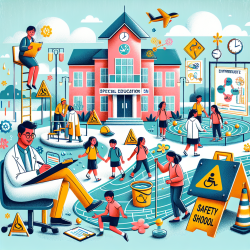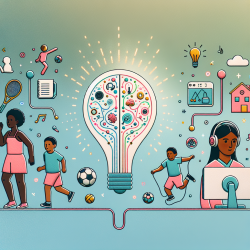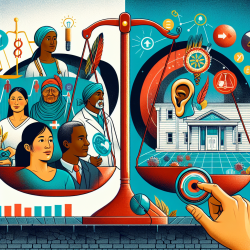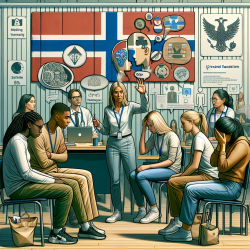Traumatic Brain Injury (TBI) rehabilitation is a complex, interdisciplinary process that involves various healthcare professionals working together to provide optimal care. Recent research, "Tribes and tribulations: interdisciplinary eHealth in providing services for people with a traumatic brain injury (TBI)," published in BMC Health Services Research, highlights the potential of eHealth technologies to enhance this collaborative effort. However, the study also reveals significant barriers that must be addressed to fully realize eHealth's benefits. This blog will explore key findings from the research and offer practical strategies for practitioners to improve their skills and encourage further research in this critical area.
The Promise of eHealth
The study underscores the enthusiasm among healthcare professionals for eHealth technologies, particularly for their potential to:
- Enhance communication and collaboration among interdisciplinary teams.
- Improve the efficiency and timeliness of care delivery.
- Support client-centered practices through immediate access to electronic medical records (EMRs) and telehealth services.
Despite these promising benefits, the research reveals several barriers that hinder the effective implementation of eHealth in TBI rehabilitation.
Barriers to Effective eHealth Implementation
Participants in the study identified four main barriers:
- Design and Access to EMRs: EMR systems often lack integration and are not accessible across different organizations, making it difficult for team members to share crucial patient information.
- Technology: Insufficient access to updated mobile devices and reliable internet connectivity hampers the use of eHealth tools.
- eHealth Policy Implementation: Restrictive and inconsistent policies prevent the effective use of eHealth technologies, such as videoconferencing and electronic communication.
- ICT Processes: Onerous and convoluted processes for addressing ICT issues delay the resolution of eHealth problems.
Strategies for Practitioners
To overcome these barriers, practitioners can take several steps:
- Advocate for Better EMR Systems: Engage in the design and implementation of EMR systems to ensure they meet the needs of interdisciplinary teams and are accessible across different organizations.
- Utilize Available Technologies: Make the most of available eHealth tools, such as telehealth and mobile devices, while advocating for updated and reliable technology.
- Promote Flexible Policies: Work with management to develop and implement flexible eHealth policies that support interdisciplinary practice and client-centered care.
- Streamline ICT Processes: Collaborate with ICT departments to simplify processes for addressing eHealth issues and ensure timely resolution.
Encouraging Further Research
The findings from this study highlight the need for ongoing research to address the barriers to effective eHealth implementation in TBI rehabilitation. Practitioners can contribute to this effort by:
- Participating in research studies to provide valuable insights and feedback.
- Staying informed about the latest eHealth technologies and best practices.
- Advocating for funding and resources to support eHealth research and development.
By addressing these barriers and implementing the strategies outlined above, practitioners can unlock the full potential of eHealth technologies to improve outcomes for individuals with TBI.
To read the original research paper, please follow this link: Tribes and tribulations: interdisciplinary eHealth in providing services for people with a traumatic brain injury (TBI).










